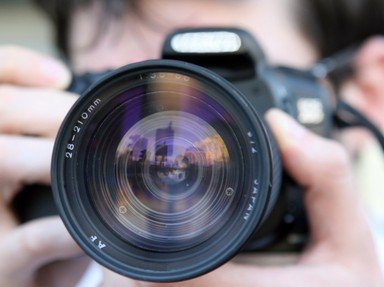Quiz Answer Key and Fun Facts
1. The terms 'Full Frame', 'APS-C' and 'Live MOS' all refer to which single component, fundamental to the operation of every digital camera?
2. You're interested in taking detailed close-up pictures. Which keyword should you be on the lookout for when considering your next lens purchase?
3. What term is given to the setting that ensures that your camera automatically corrects colour imbalances under varying light conditions?
4. The 'ISO' setting is the parameter that enables the photographer to adjust which property of the camera sensor in any given environment?
5. A popular subject for many new photographers is the night sky. In order to prevent stars trailing, what guidance should a photographer remember to apply prior to beginning his or her shoot?
6. 'Bokeh'... It's an unusual word and a term used to describe which specific quality in an image?
7. Which of the following aperture settings would be the most suitable for capturing images in low light conditions such as when working within poorly lit buildings for example?
8. 'UV', 'ND', 'ND Grad' and 'CPL' are acronyms that relate to which particular type of photographic accessory?
9. In order to produce attractive and well balanced pictures, particularly when shooting landscapes, which rule should the photographer bear in mind whilst framing his or her shot?
10. The exposure triangle details the three important components of successful picture taking; the shutter speed, the ISO setting are two but what, and be careful with your spelling, is the final component of the exposure triangle?
11. What term is commonly used to describe any visual distortion or interference sometimes present in images, such as in my example, captured under low light conditions?
12. In order to achieve better image results in post-production, which of the following file types should the photographer select from the camera's menu to record his or her images?
13. At any given level in brightness of a colour, which term is used to describe the intensity of color present within the sample?
14. It is likely that your camera's main settings are represented by the letters 'P', 'S', 'A' and 'M'. If the first three letters signify Program, Shutter and Aperture respectively, which setting is represented by the letter 'M'?
15. Which of the following terms refers to the distance between the nearest and farthest in-focus elements of your images?
Source: Author
SisterSeagull
This quiz was reviewed by FunTrivia editor
WesleyCrusher before going online.
Any errors found in FunTrivia content are routinely corrected through our feedback system.

